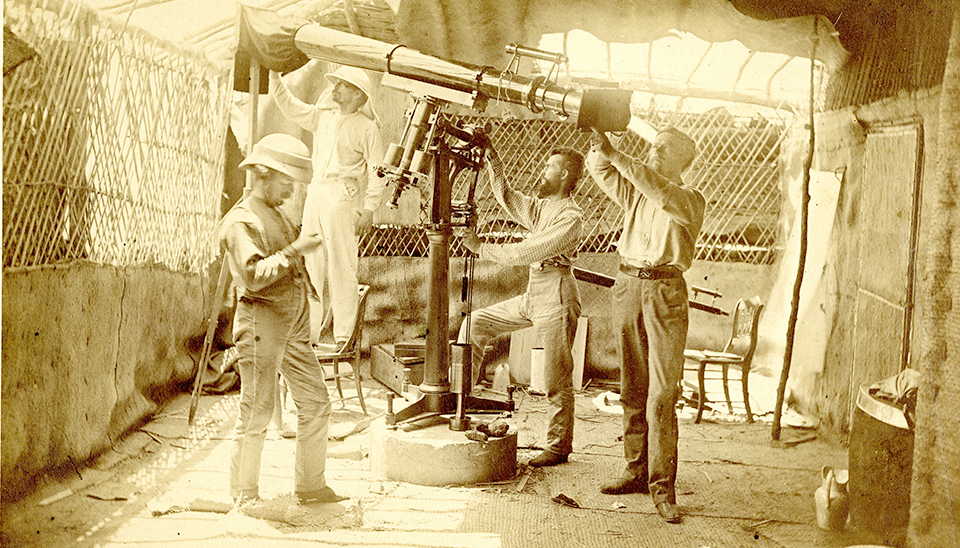On Feb. 22, 1943, Washington's birthday, Valley Forge General Hospital opened to care for wounded World War II military personnel. Located in Phoenixville, Pa., about 20 miles from Philadelphia, it became the largest military hospital in the United States with over 3,000 patients and more than 100 buildings on 182 acres. Valley Forge General Hospital has a long history as care for the wounded continued during the next 30-plus years.
.png)
Nurse preparing to insert artificial eye for patient, Valley Forge General Hospital, Phoenixville, Pa. By early 1944, Valley Forge General Hospital was one of two general hospitals that specialized in the treatment of patients with blinding eye injuries. (NCP 2210)
In spring 1950, Valley Forge General Hospital was closed for several months. Designated a "semi-permanent hospital," it was only meant to operate for approximately 10 years. To cut costs, the hospital was closed and designated as inactive. However, with the start of the Korean War, Valley Forge General Hospital reopened in fall 1950 to care for wounded service members; it was then renamed Valley Forge Army Hospital.
In 1968 and 1969, wounded soldiers were flown from Vietnam to Fort Dix, N.J. and then transported to Valley Forge. In fact, between Jan. 1, 1968, and Sept. 30, 1970, over 7,000 patients were moved from Fort Dix to Valley Forge Army Hospital.
.png)
Pvt. John E. Swope with his right hand in a brace. Valley Forge General Hospital, Phoenixville, Pa. June 9, 1947 (NCP 5639)
Traumatic amputation was all too common an injury in Vietnam caused mainly by booby traps. Valley Forge became known as the unofficial "amputation center" of the Vietnam War. With more than 6,000 amputations during the conflict, the need to provide consistent treatment and rehabilitation services to amputees was clear. Valley Forge was the only Army facility with a separate amputee service consolidating the resources of physicians, nurses, physical and occupational therapists, and prosthetists.
.png)
Amputee patient during occupational therapy. Valley Forge General Hospital, Phoenixville, Pa. (Reeve 82354)
In 1974, with the Vietnam War drawing to a close, the Valley Forge Army Hospital closed. In 1976, it became the Valley Forge Christian College and eventually became the University of Valley Forge as it is known today.
In 2008, a collection from the Valley Forge Army Hospital Amputee Research Files was donated to the Otis Historical Archives at the National Museum of Health and Medicine. This collection includes about 1,000 cases from amputee service at the Valley Forge during the Vietnam War. Materials include X-rays, clinical photographs on 35mm slides, doctors' notes, patient correspondence, and patient charts. Several of these charts were damaged by water where they had been stored in the hospital. As a volunteer in the archives, I helped clean charts, organize the X-rays, and remove all staples and paper clips. I also read through every chart to determine and tally how injuries were incurred. This information was stored in a spreadsheet and is now with the freshened medical charts. These medical records can one day be used by researchers to understand traumatic injuries and care during the Vietnam War.
For those interested in research with our collections, visit us here.
Resources
Follow-up of Vietnam Bilateral-Above-Knee Amputees. No Date.
History of Valley Forge General Hospital. Historical Society of Phoenixville Area. 1999.284.1
Jones, Paul. Amputees reunite at former hospital. The Phoenix. 28 July 2003.
Jones, Paul. Valley Forge General Hospital remains forever sacred. The Phoenix, 23 September 2000.
Kennedy, Joseph S., Former Army hospital in Charlestown Twp. Was haven for wounded GIs. The Philadelphia Inquirer. 26 January 1997.
Schalata Jr., Tom, Recalling Phoenixville's 'Bright Victory.' The Mercury. 24 August 1998.
Silver Anniversary 1943-1968: Valley Forge General Hospital, United States Army, Lyon & Armor, Inc., Philadelphia, PA. 1968.
Valley Forge General Hospital. The Clio. Retrieved: 11 November 2018.
Valley Forge General Hospital. Wikipedia. Retrieved: 1 November 2018.




